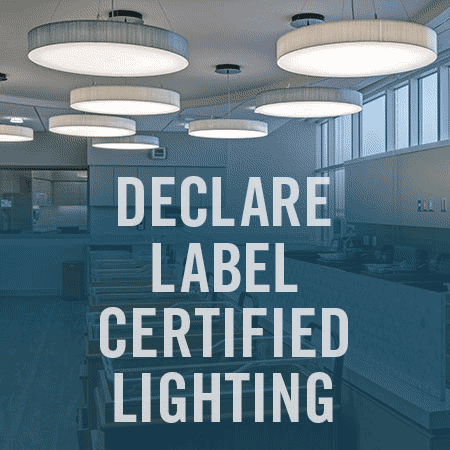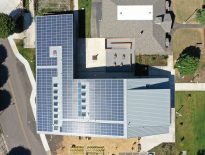The Stories that Matter
How did this happen?
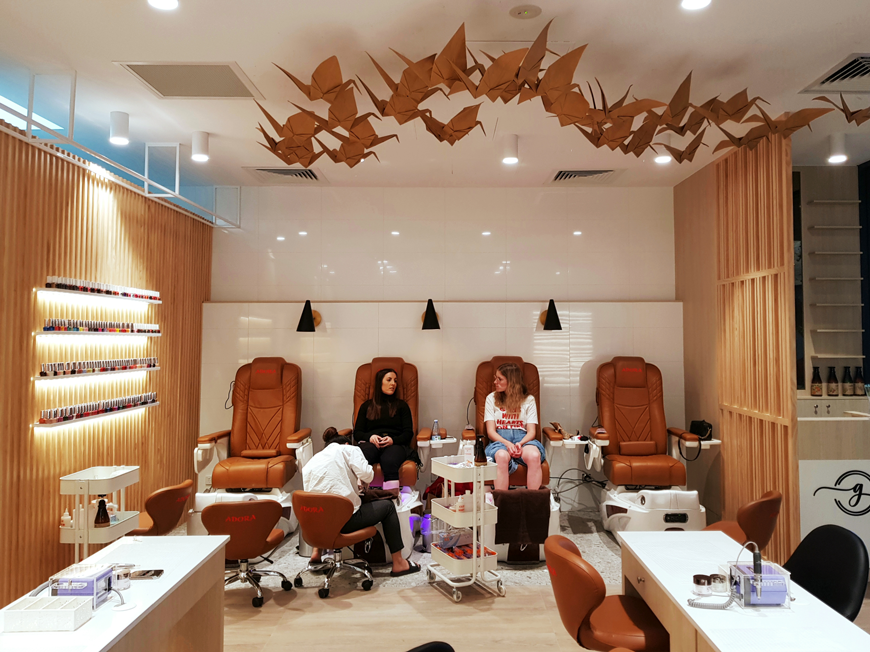
It’s Saturday afternoon, and I’m sitting in the back of the nail salon at Burwood Brickworks – the shopping mall that opened a day before. Georgia and Kianna are two girls getting their nails done. Kianna calls over to me.
“Excuse me,” she shouts. “What are you doing?”
I explain to these two strangers that I am testing the air quality of the building, waiting for a reading from the portable monitor I’m carrying. I ask them what the nail salon smells like. They pause for a moment, look at each other, and both reply at the same time:
“Nothing?!”
Smiling proudly, I explain to them that every single material in the space has been vetted for their impacts on air quality, and that six months prior, we had reviewed all the different beauty products used to paint nails and asked the salon owner to only use those that did not negatively impact air quality. The girls are palpably astonished. They’ve been in the shopping centre for the last three hours, having a glass of wine on the rooftop, taking photographs of the freshly-laid quail eggs on the urban farm, and wandering around the forty or so different retailers.
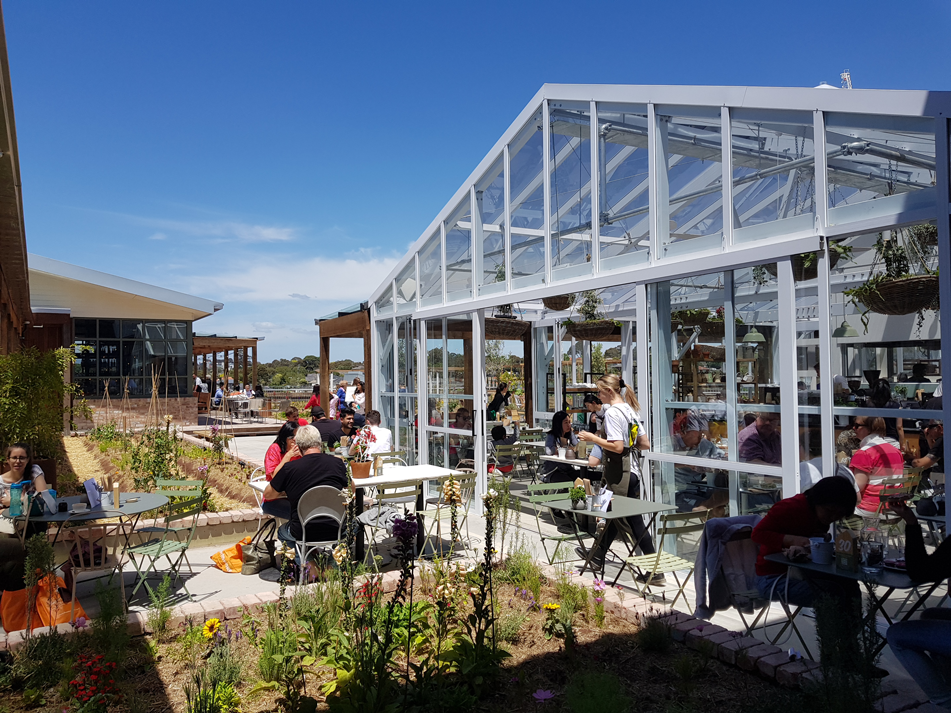
One of the staff, Jenny, turns to me and asks what we plan to do with the water. She is currently washing Kianna’s feet ahead of painting her nails.
‘Oh,’ I say. ‘Once you’ve finished there, the water will drain down a non-PVC pipe and be recycled in the water treatment plant downstairs before being used to wash a car or cool the building.’
All three of them look at me in disbelief. Georgia, who lives on the same road as the shopping centre, explains that she has been waiting a long time for the building to open, and now that it has, there seem to be people coming from all over the country to see it.
“How did this happen?!” she exclaims.
They’ve got time, so I tell them.
Pivotal decisions
Around five years ago, as part of the Living Future Collaborative in Sydney, Australia, I had an idea to run a design competition primarily with the aim to increase knowledge about the Living Building ChallengeTM (LBC) in the Australian building industry. Multiple potential clients approached me. Upper-class homes in the countryside, a high-end office for a bank in the central business district, and eco-tourism were all candidates, but I had a very specific requirement, which was that the host building for the design competition had to “be for everyday people in an everyday place”.
Enter Frasers Property Australia, a diversified property group involved in developing homes, commercial, and industrial properties. I was, at the time, teaching Tai Chi two nights a week in a building called Central Park in Sydney, whose accolades include being declared the Best Tall Building Worldwide by Chicago’s Council for Tall Buildings & Urban Habitat. These seemed to be people who were willing to try something different. I decided to approach.
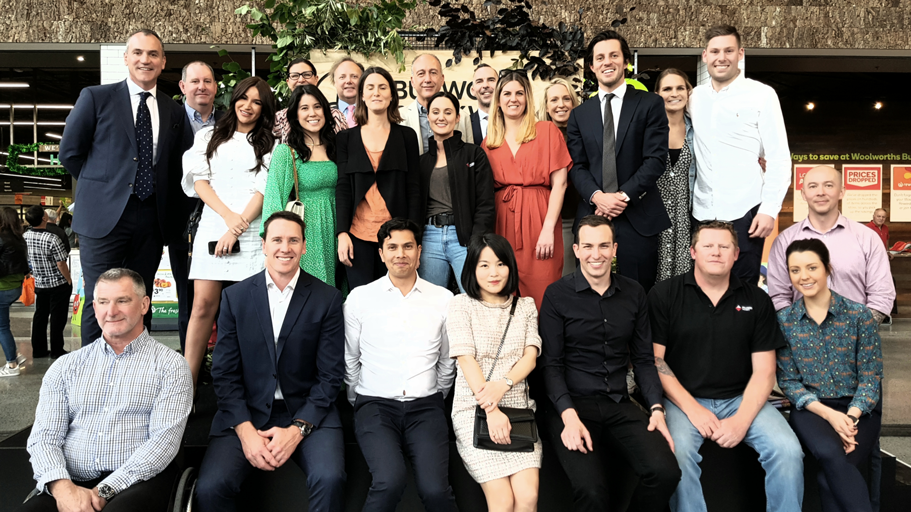
Frasers Property was in the midst of developing a disused brickworks site in a suburb 10 miles (6 kilometres) east of Melbourne, Australia. The “heart and soul” of the development was going to be a retail centre, complete with supermarket, cinema, childcare, medical centre, and a dizzying breadth of shops, services, and food outlets. The retail team, led by Executive General Manager Peri Macdonald, was open to the building being the subject of the world’s first LBC shopping centre ideas competition.
We received multiple entries from consortium across the industry, University student teams, and even from Primary School kids. Each had a number of unique approaches to the challenge, each proposing not just a shift in the way things could be built, but a shift in the way we as citizens might be consumers. At the awards ceremony, at the close of the prize-giving, I thanked everyone for their hard work and announced that whilst I hoped that some of the ideas might be adopted by the industry more broadly, I was of the opinion that LBC in retail of this kind would be “probably impossible”. Peri took me by surprise when he got back in front of the microphone to challenge me on my opinion. Frasers Property were going to give it a go!
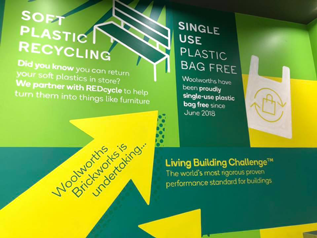
That marked the beginning of a three-month feasibility into how to transform the Burwood Brickworks into a shopping centre that would not only work technically but could also be successful commercially, with all the financial hurdles of any other retail development being in place. I helped the team pull together a report presenting to the Frasers Property Executive that it would be possible to undertake three of the seven LBC Petals and still get the same return on investment, and that Petal certification should be sought. That presentation yielded my second big surprise. Rod Fehring, the Chief Executive Officer of Frasers Property, congratulated us on our feasibility work but told us to go away and come back by the end of the year explaining how we will achieve full LBC certification and make the same return on investment.
Staying honest
That leadership challenge by Rod threw the team into the start of a long-detailed design journey, working directly with major tenants to align them to the LBC, and embroiling us with a number of Authorities Having Jurisdiction – Australian Standards bodies, the Environmental Protection Authority, the Department of Health, and local Council. It would be an understatement to say that a lot was against us. At first, national and international-scale tenants didn’t necessarily want to change their standard design (particularly in relation to shop layouts to enable daylight and fresh air), the leasing market was (and still is) in a dip, and the authorities were risk-averse when it came to large-scale renewable energy, water recycling in a public building expected to have some 3 million visits every year, and there was even opposition to agricultural usages on-site as required by the LBC.
The process of making a building that “does good” instead of “less bad” is like this, though. It causes systemic change because it needs to. It cannot be a standard building with a handful of well-marketed technological features hanging off the sides. To really make this work, the design process ran concurrent with a number of necessary activities that aren’t normally involved in delivering a building. Partnerships were strengthened with the major tenants, helping them to evolve their design standards to accommodate daylight, radically improve the building’s biggest electrical demand — refrigeration — and determine which aspects of their operations could handle recycled water, assuming authorities might allow it. Frasers Property set up its own utility company to not only aggregate the renewables on-site and procure renewables off-site for redistribution to tenants, but to run a building-wide thermal energy plant that increased efficiency for everyone. State planning departments and local councils were toured around the site to explain deeply what it meant to attempt to achieve the world’s most rigorous standard for buildings.
At the end of the process, we were confident it could be done.
Whose journey?
The real success relied on focusing on two unique aspects of the LBC — that it is based on proven performance, not desktop exercise, and the process involves real people visiting a real building in operation. This wasn’t just an empty commitment. It was a promise. Needless to say, building developers and contractors are not used to this. Green rating tools have followed the style of local building codes in Australia, in that they are “desktop administration” activities. For a building with so many organisations under the spotlight, this was, in fact, the elephant in the room. Shop owners, their designers, contractors, and suppliers were all completely unfamiliar with the LBC. Detailed workshopping was undertaken across all forty tenants of the building. We also had to engage suppliers across the country, encouraging something that has never been required in Australia but was so important for the little nail salon: product-chamber testing of the Volatile Organic Compounds. And once on-site, the only way to stop tradespeople from reverting to standard (bad) practice, was to police it. Thirty-seven non-compliances were rectified in the fortnight prior to opening, including the replacement of non-compliant cables, lighting, flooring, toilets, adhesives, signage, skirting, and sealants. Overlaying this level of scrutiny with the pressure of shops opening on time to start business has been terrifying, but one thing I have learnt is that contrary to popular professional advice, this process isn’t about “bringing them along on the journey”, but instead, going on theirs.
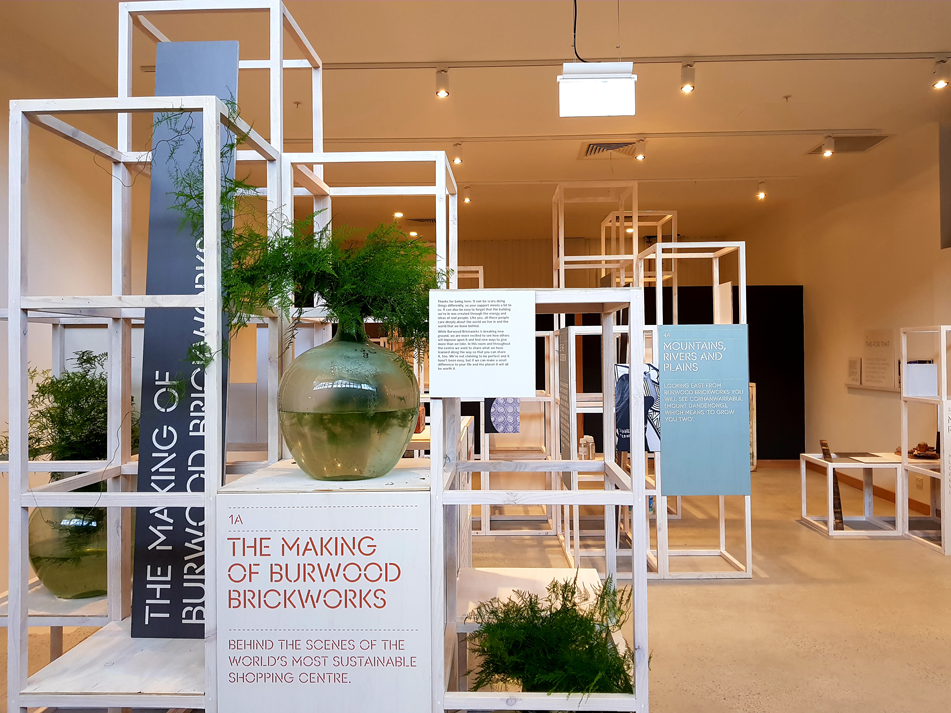
The most important building in the world
In many ways, the opening of the Burwood Brickworks is just another beginning — the next phase. Transformative experiences we discuss not only make for great social media posts, but totally change the expectations of what is possible, and what should be “standard”. A shopping centre is a great place for this ongoing conversation to play out. In that sense, I know for the Brickworks that one building can have more positive impact than an entire portfolio. It hasn’t been without its critics though. Every time someone tries to do something good, our culture seems to be one of jealousy, of negativity, and resistance. It’s easy to stand in the back and criticise. I do wonder why we are so keen to be “the devil’s advocate”. Even moments before the building opened, I kept hearing all the reasons why what we have done was too difficult, how it’s going to fail, that “this is how I would have done it instead,” and to that I say, “well, show us then.”
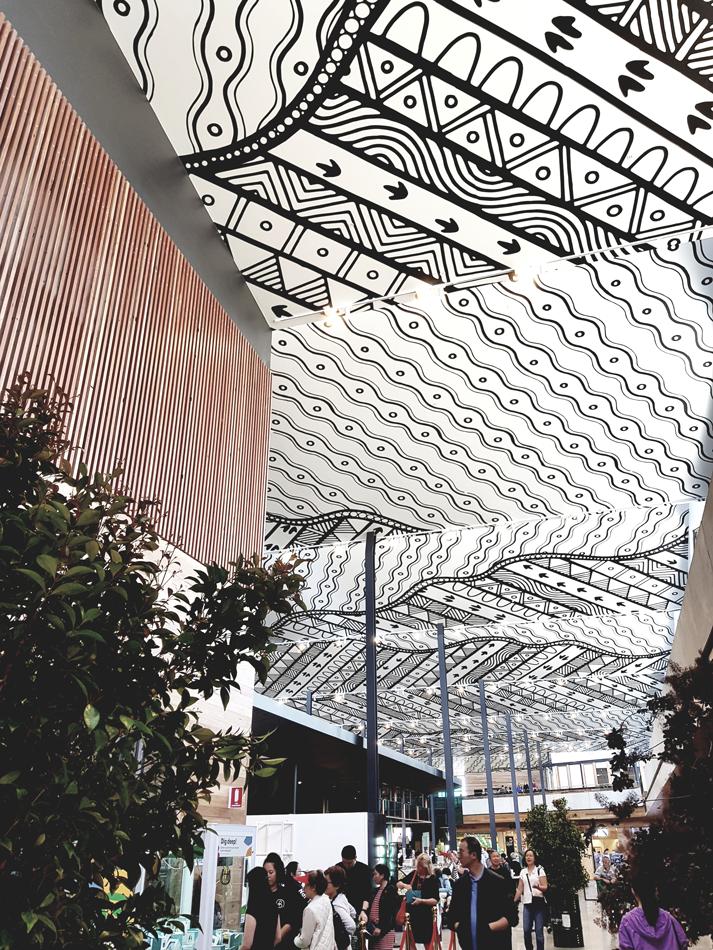
Some five years later, I find myself holding back tears as I explain to the girls in the nail salon that the Brickworks is “just a building”, but to me, it is certainly one of the most important buildings in the world, and it is they that make it so. I ask them to chat with the staff of the supermarket about the solar tubes overhead, whilst they push trolleys made from recycled milk bottles past fridges that have closed doors to reduce electrical and heating demands. I suggest that they watch a film in what is likely the healthiest cinema in the country, making sure they place their used popcorn box in the correct bin, given the centre is collecting a dozen separate waste streams. I encourage them to stand in the entrance lobby and close their eyes, so they can experience the soundscape and smellscape prior to exploring the enormous artwork on the ceiling created especially for us by indigenous artist Mandy Nicholson. And last of all, I ask them to be responsible consumers, advocating to retailers for changes they believe are necessary for a better future, and choosing carefully where to invest their money.

